Peter Marino designs Lehmann Maupin’s new Chelsea gallery in New York
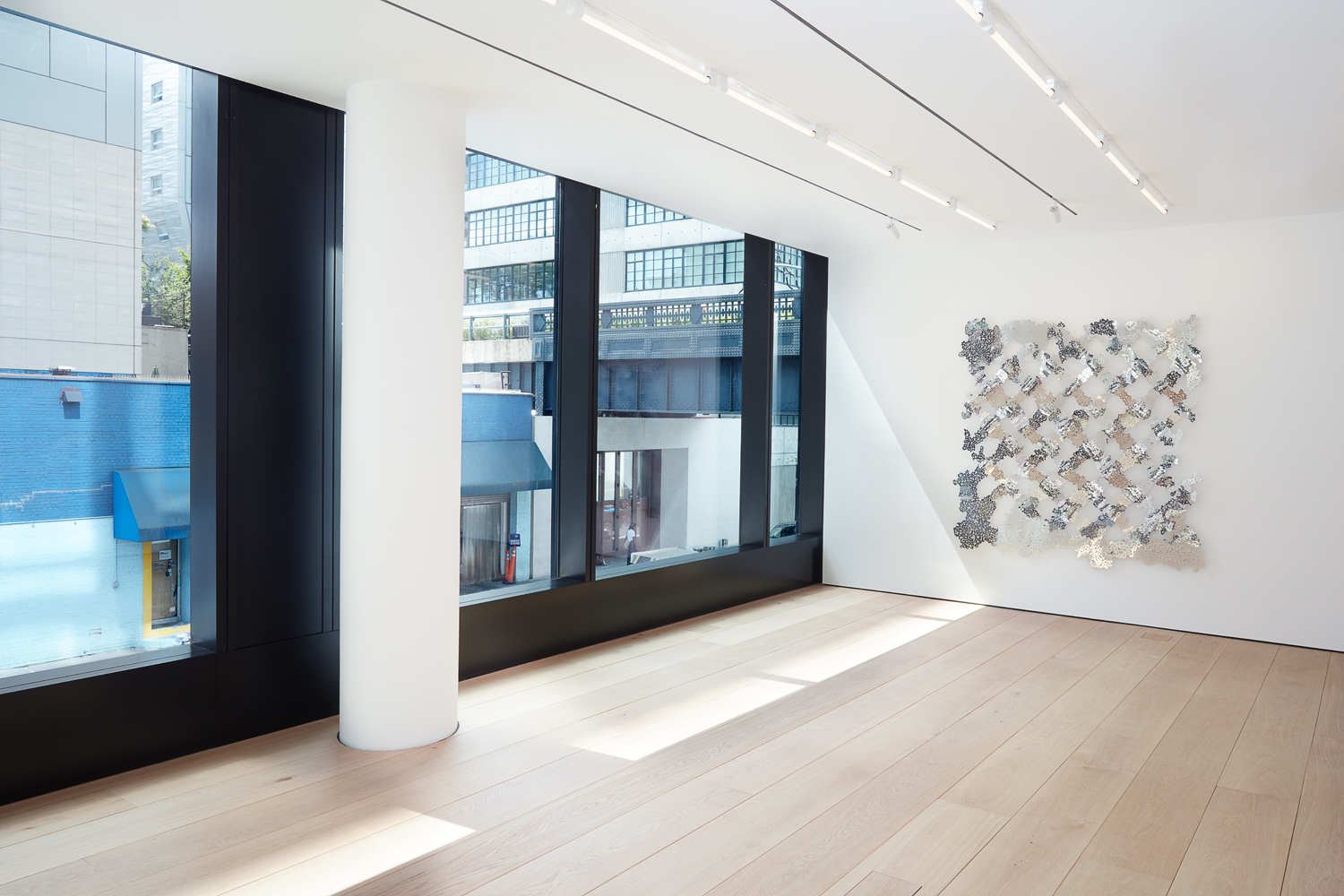
With almost every inch of New York’s West Chelsea neighbourhood now claimed, an exciting new residential building has sprouted up where the iconic Getty gas station once stood. Designed by Peter Marino, The Getty is comprised of six apartments – five full floor units and a single duplex penthouse with a roof terrace and private pool – and houses the Hill Art Foundation and the latest outpost of the Lehmann Maupin art gallery on the first four floors
In contrast to the many architectural statements that already punctuate the neighbourhood, Marino’s design for the 11 storey mid-rise building is comparatively understated. Offset aluminium and glass panels on the façade give the building an individual identity, while unique glass curtainwalls and 6.7m high corners without mullions facilitate an immediacy to the High Line located adjacent.
For Lehmann Maupin, Marino devised three dynamic floors, which include column-free exhibition spaces on the ground level, private viewing areas and office space on the second floor, and a black box gallery space on the cellar level for films and other special projects.
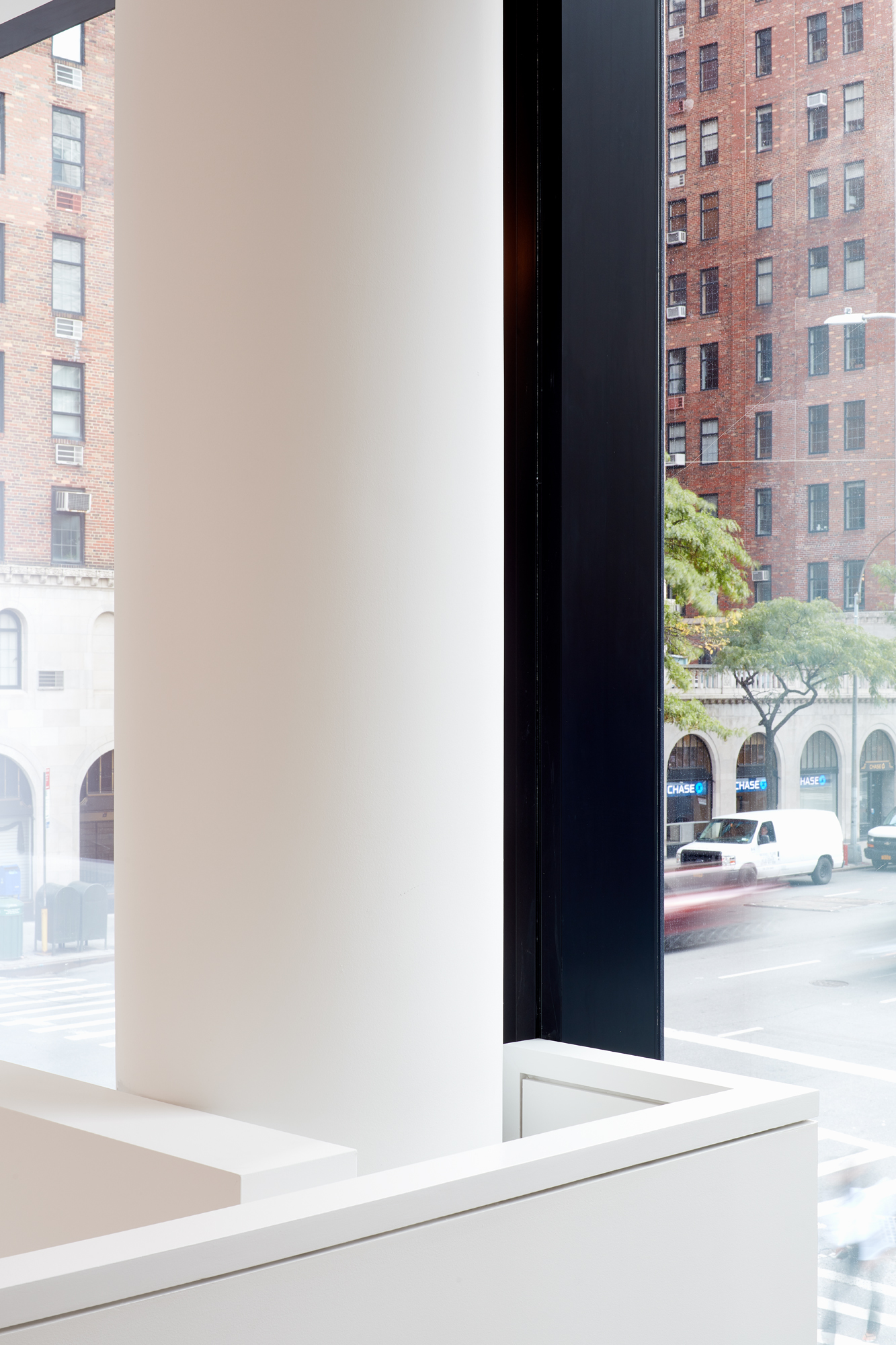
The new 24th street Lehmann Maupin gallery.
Each gallery provides unique views and opportunities for artists whose exhibitions vary wildly in scale and medium,’ says Marino. ‘As architect of the entire building, our approach to the gallery spaces relates to our overall design approach – to create a series of unique, variable and flexible gallery spaces – which provided a substantial expansion from Lehmann Maupin’s Christie Street location.’
‘For most of the gallery’s history, we have had two spaces in New York, in Chelsea and the Lower East Side. We came to realise you really need the flexibility and space that two locations provides,’ says gallery co-founder David Maupin, who closed the Christie Street outpost earlier this year.
‘When we learned Peter Marino was the architect [of The Getty], we were immediately interested. I’ve known Peter for over 20 years, and trust that he knows the needs of our artists and aesthetic of the gallery. Rachel and I walked up the block to see the location, and knew immediately that this prime corner was exactly what we had been looking for. The location of 24th Street is hugely significant in Chelsea with so many amazing galleries on one block. We’re among good company.’
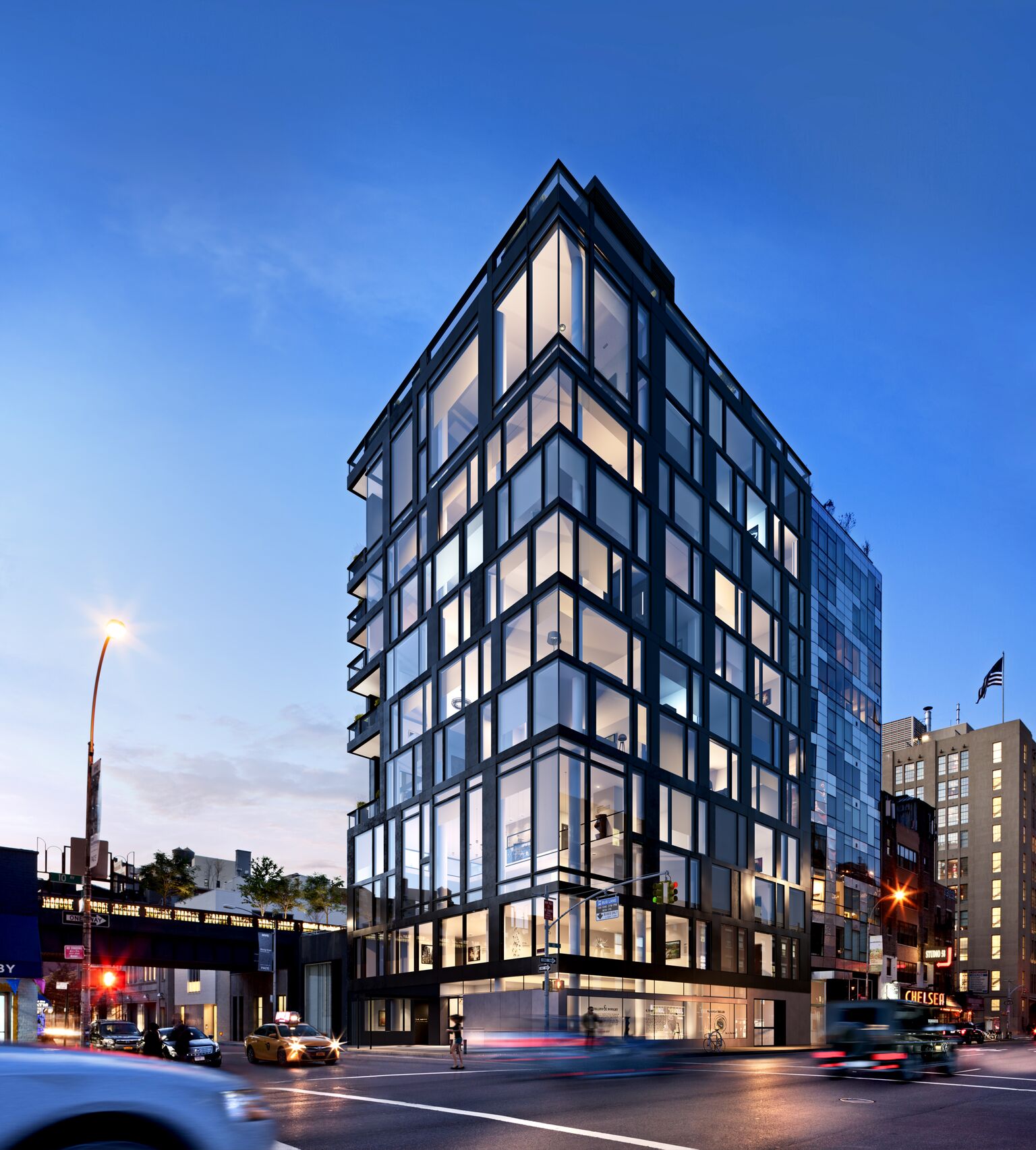
An exterior rendering of the gallery and residential building. Rendering courtesy of Victor Group and Lehmann Maupin, New York, Hong Kong, and Seoul
The new and improved location not only boasts a larger square footage, but generous amounts of daylight, special glass coatings to protect both artwork and interiors from UV damage and a unique mezzanine level as well.
Marino says, ‘Our intention to bring certain elements of Christie Street into the space can be seen with the mezzanine, which the Christie Street gallery also enjoyed. The mezzanine allows the artwork to be viewed from different perspectives and provides a space for social events and openings. Each gallery provides unique views and opportunities for artists.’
He adds, ‘We intended to bring Chelsea as a former manufacturing neighborhood into the space. The solid oak floors, 12” wide, provides a consistent identity throughout all of the spaces and are a nod to the industrial heritage of Chelsea. The flooring was intentionally left natural, brushed for enhanced colouring and the edges were rounded to suggest something gently used, rather than the rigidity of something entirely new.’
In terms of programming, the new 24th street space is conceived as a standalone space, despite its 22nd street sibling being close by. Maupin says, ‘However, when it curatorially makes sense, we want to expand exhibitions between both locations. We often did double gallery exhibitions for special bodies of work in Chelsea and the Lower East Side. Our opening exhibition for Liza Lou: Classification and Nomenclature of Clouds at [the new space] will spread between both galleries as well, and now visitors can see both within two blocks walk.’
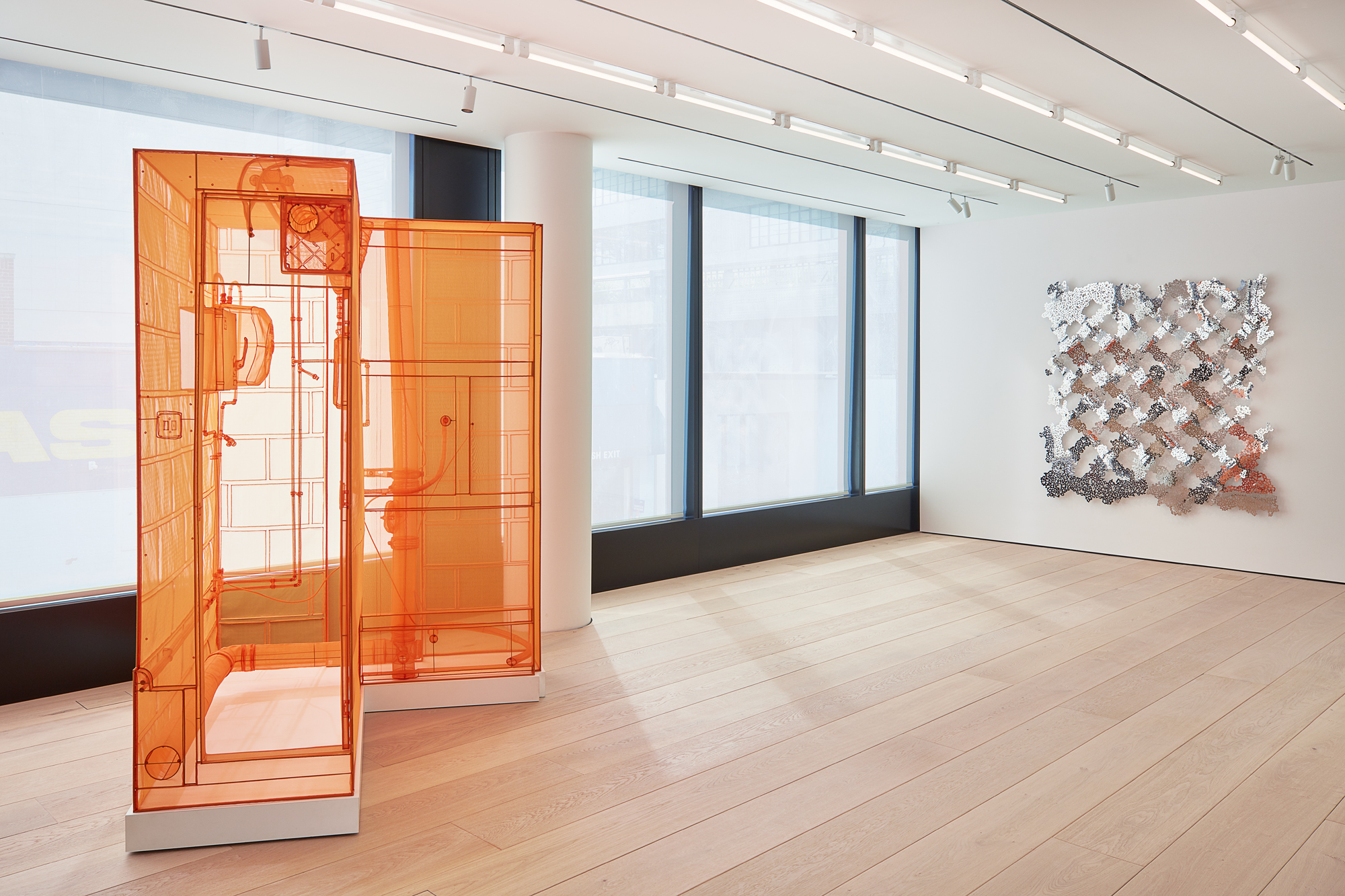
Generous amounts of daylight and balanced with a special glass coating to protect both artwork and interiors from UV damage.
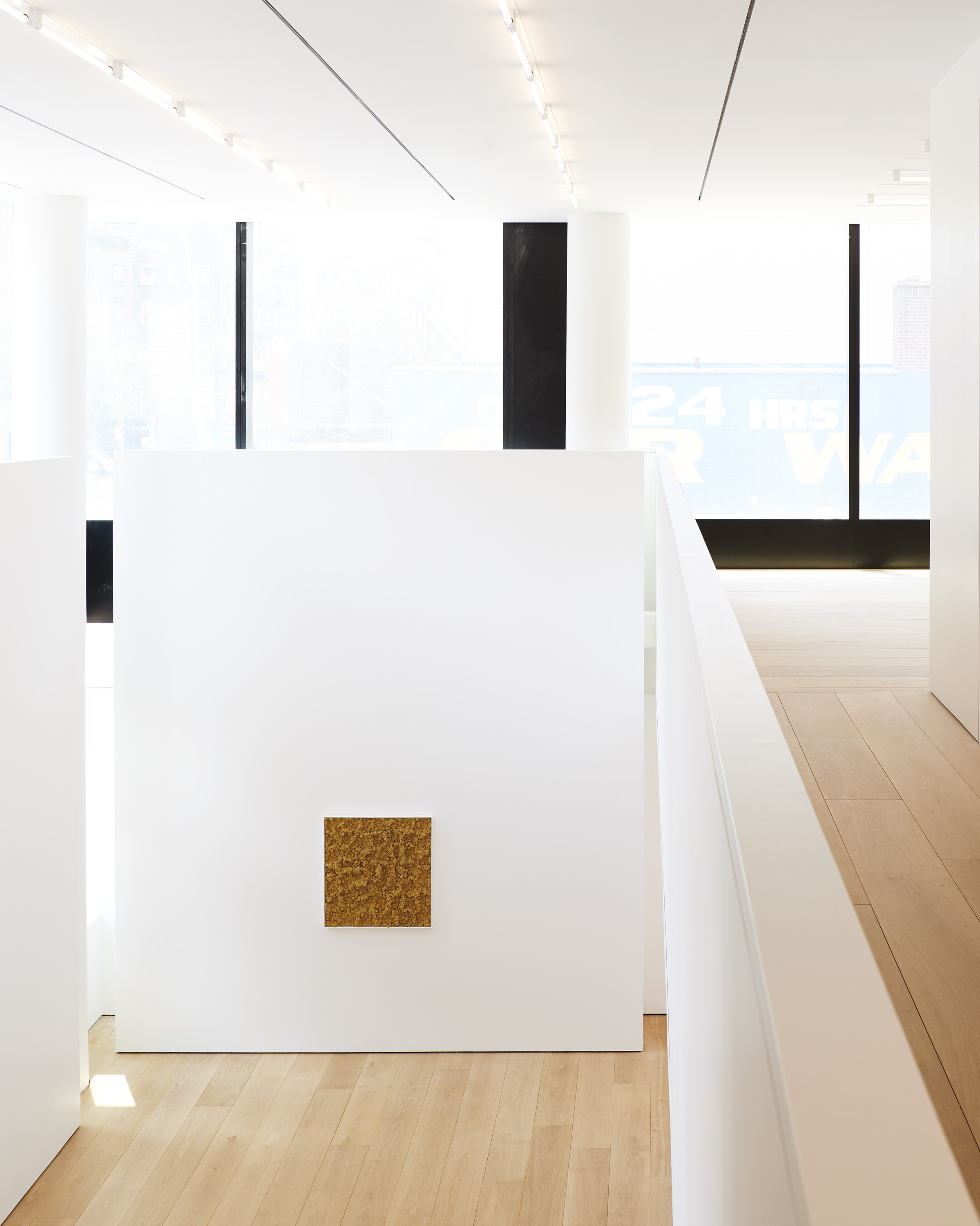
The mezzanine allows the artwork to be viewed from different perspectives and provides a space for social events and openings.
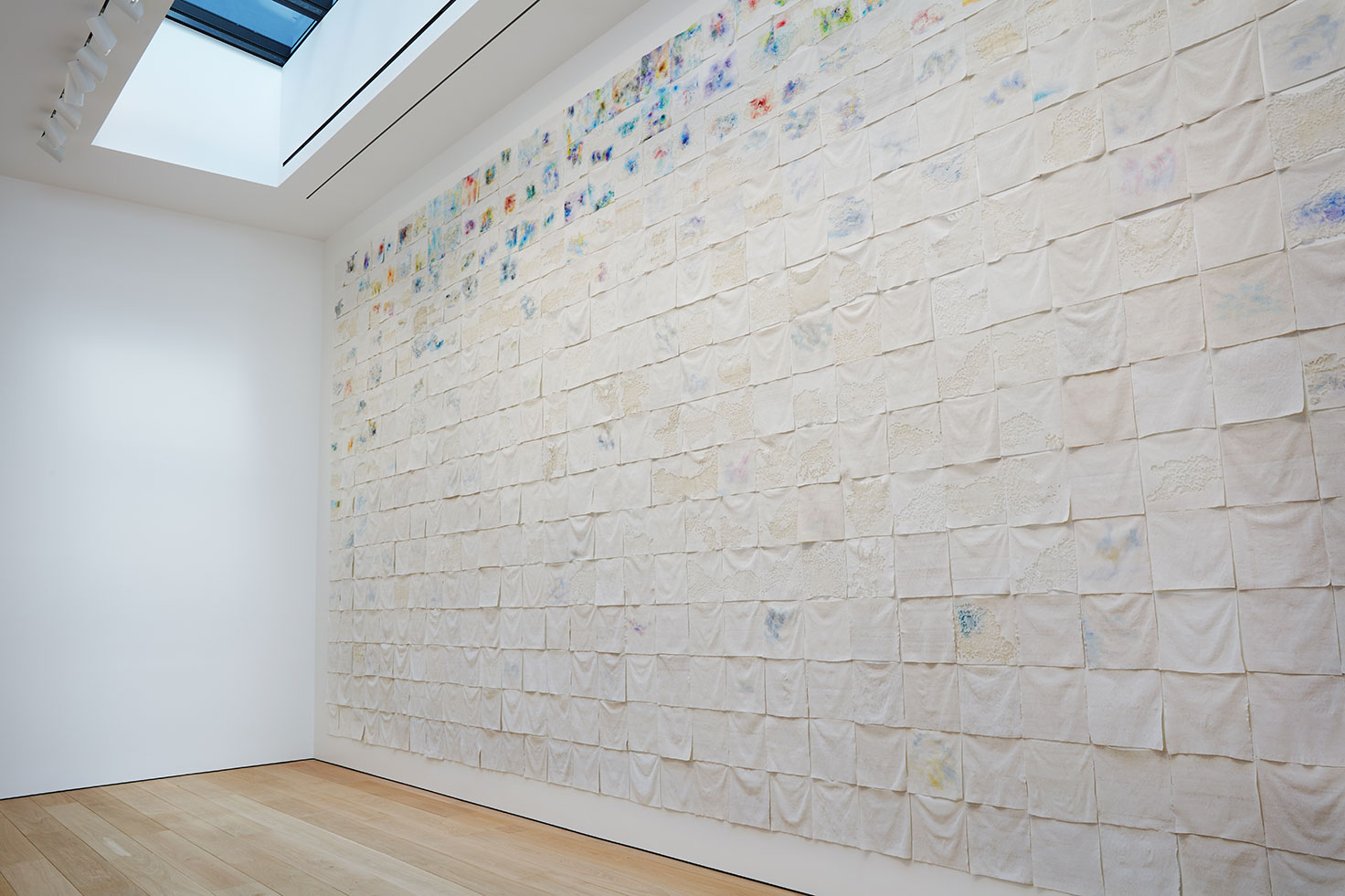
Liza Lou, ‘Classification and Nomenclature of Clouds’, installation view, Lehmann Maupin, New York, 2018. Courtesy the artist and Lehmann Maupin, New York, Hong Kong, and Seoul
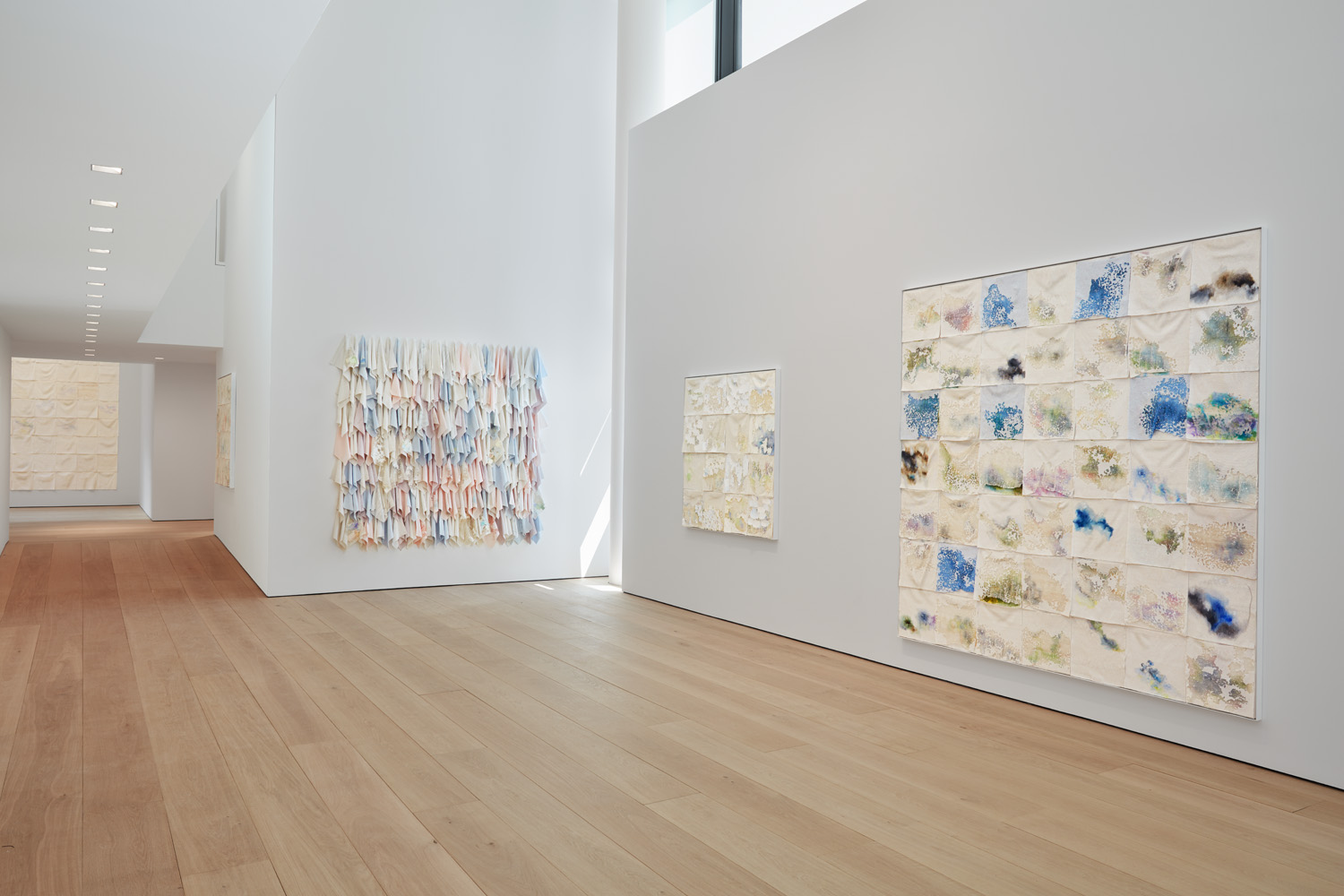
Liza Lou, ‘Classification and Nomenclature of Clouds’, installation view, Lehmann Maupin, New York, 2018. Courtesy the artist and Lehmann Maupin, New York, Hong Kong, and Seoul.
INFORMATION
For more information, visit the Peter Marino Architect website and the Lehmann Maupin website
Receive our daily digest of inspiration, escapism and design stories from around the world direct to your inbox.
Pei-Ru Keh is a former US Editor at Wallpaper*. Born and raised in Singapore, she has been a New Yorker since 2013. Pei-Ru held various titles at Wallpaper* between 2007 and 2023. She reports on design, tech, art, architecture, fashion, beauty and lifestyle happenings in the United States, both in print and digitally. Pei-Ru took a key role in championing diversity and representation within Wallpaper's content pillars, actively seeking out stories that reflect a wide range of perspectives. She lives in Brooklyn with her husband and two children, and is currently learning how to drive.
-
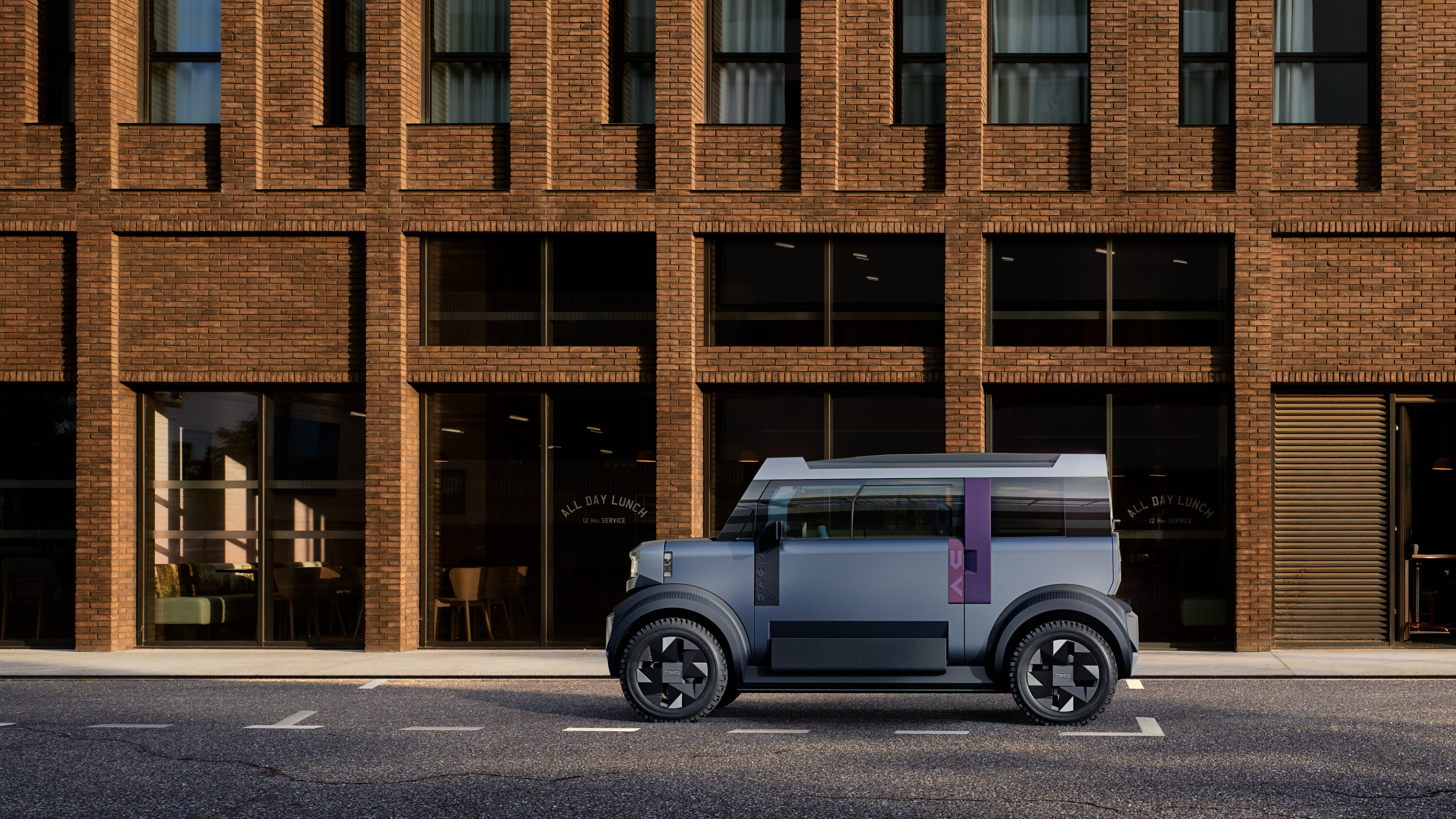 Year in review: the shape of mobility to come in our list of the top 10 concept cars of 2025
Year in review: the shape of mobility to come in our list of the top 10 concept cars of 2025Concept cars remain hugely popular ways to stoke interest in innovation and future forms. Here are our ten best conceptual visions from 2025
-
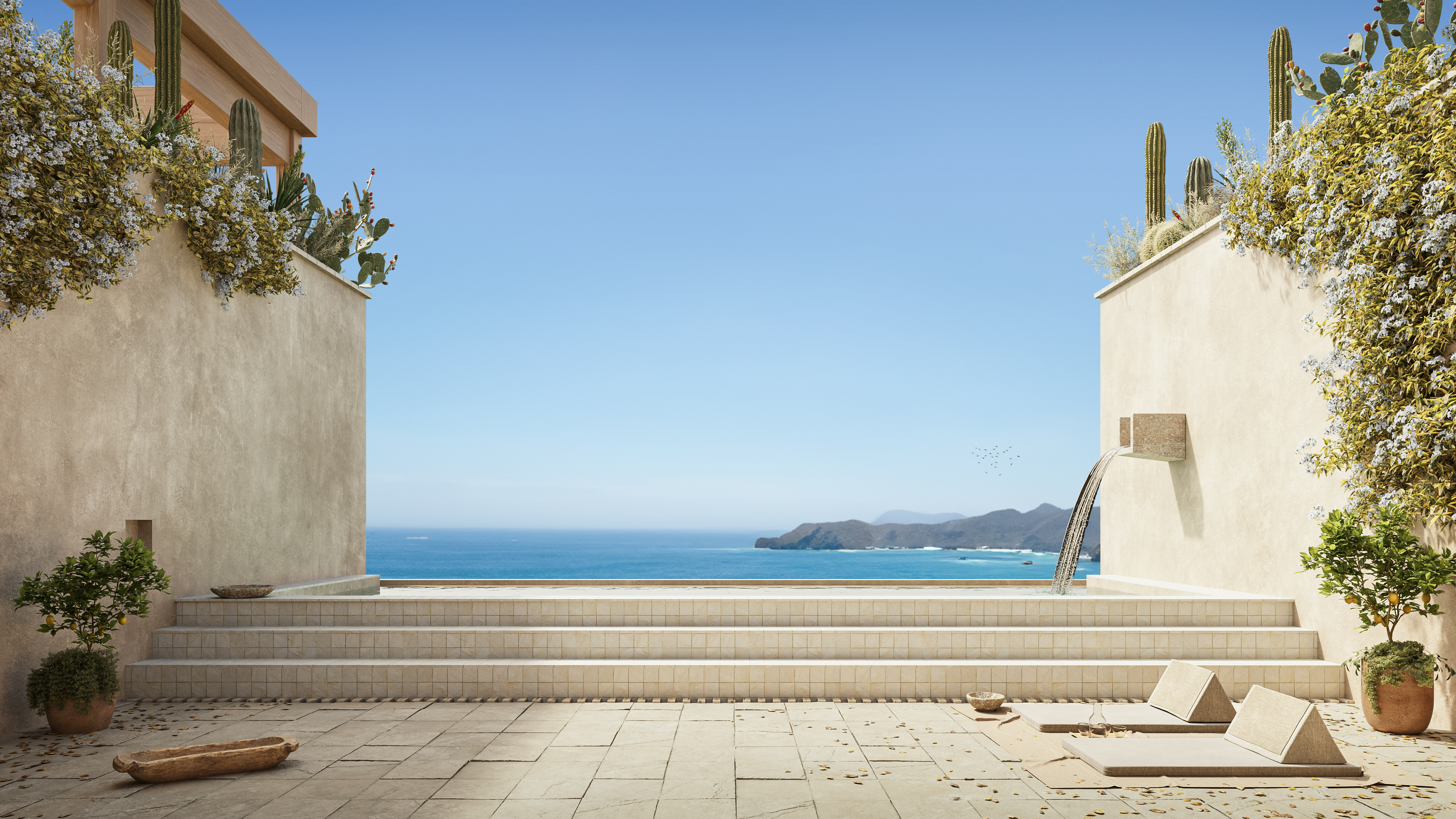 These Guadalajara architects mix modernism with traditional local materials and craft
These Guadalajara architects mix modernism with traditional local materials and craftGuadalajara architects Laura Barba and Luis Aurelio of Barbapiña Arquitectos design drawing on the past to imagine the future
-
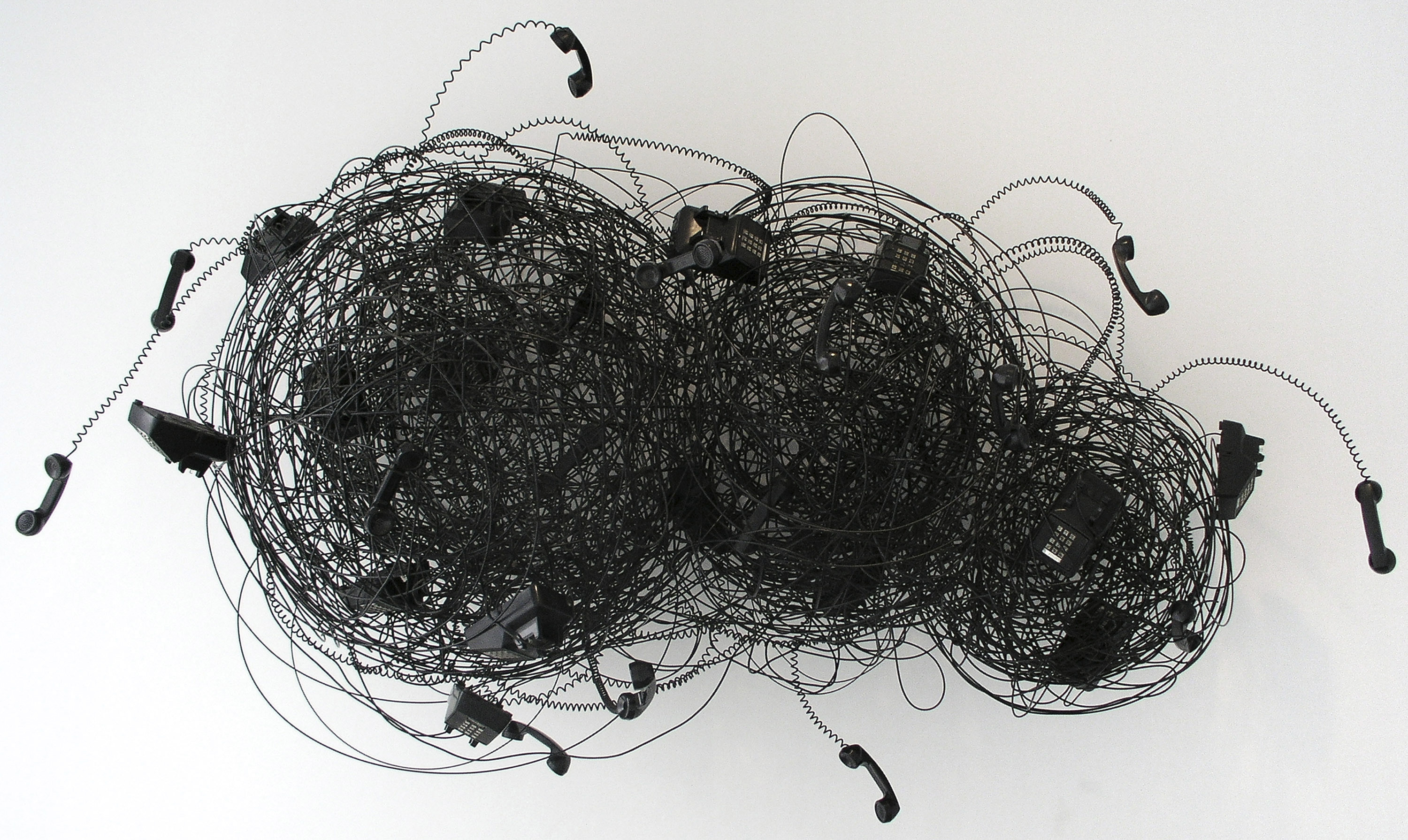 Robert Therrien's largest-ever museum show in Los Angeles is enduringly appealing
Robert Therrien's largest-ever museum show in Los Angeles is enduringly appealing'This is a Story' at The Broad unites 120 of Robert Therrien's sculptures, paintings and works on paper
-
 Step inside this resilient, river-facing cabin for a life with ‘less stuff’
Step inside this resilient, river-facing cabin for a life with ‘less stuff’A tough little cabin designed by architects Wittman Estes, with a big view of the Pacific Northwest's Wenatchee River, is the perfect cosy retreat
-
 Remembering Robert A.M. Stern, an architect who discovered possibility in the past
Remembering Robert A.M. Stern, an architect who discovered possibility in the pastIt's easy to dismiss the late architect as a traditionalist. But Stern was, in fact, a design rebel whose buildings were as distinctly grand and buttoned-up as his chalk-striped suits
-
 Own an early John Lautner, perched in LA’s Echo Park hills
Own an early John Lautner, perched in LA’s Echo Park hillsThe restored and updated Jules Salkin Residence by John Lautner is a unique piece of Californian design heritage, an early private house by the Frank Lloyd Wright acolyte that points to his future iconic status
-
 The Architecture Edit: Wallpaper’s houses of the month
The Architecture Edit: Wallpaper’s houses of the monthFrom wineries-turned-music studios to fire-resistant holiday homes, these are the properties that have most impressed the Wallpaper* editors this month
-
 The Stahl House – an icon of mid-century modernism – is for sale in Los Angeles
The Stahl House – an icon of mid-century modernism – is for sale in Los AngelesAfter 65 years in the hands of the same family, the home, also known as Case Study House #22, has been listed for $25 million
-
 Houston's Ismaili Centre is the most dazzling new building in America. Here's a look inside
Houston's Ismaili Centre is the most dazzling new building in America. Here's a look insideLondon-based architect Farshid Moussavi designed a new building open to all – and in the process, has created a gleaming new monument
-
 Frank Lloyd Wright’s Fountainhead will be opened to the public for the first time
Frank Lloyd Wright’s Fountainhead will be opened to the public for the first timeThe home, a defining example of the architect’s vision for American design, has been acquired by the Mississippi Museum of Art, which will open it to the public, giving visitors the chance to experience Frank Lloyd Wright’s genius firsthand
-
 Clad in terracotta, these new Williamsburg homes blend loft living and an organic feel
Clad in terracotta, these new Williamsburg homes blend loft living and an organic feelThe Williamsburg homes inside 103 Grand Street, designed by Brooklyn-based architects Of Possible, bring together elegant interiors and dramatic outdoor space in a slick, stacked volume